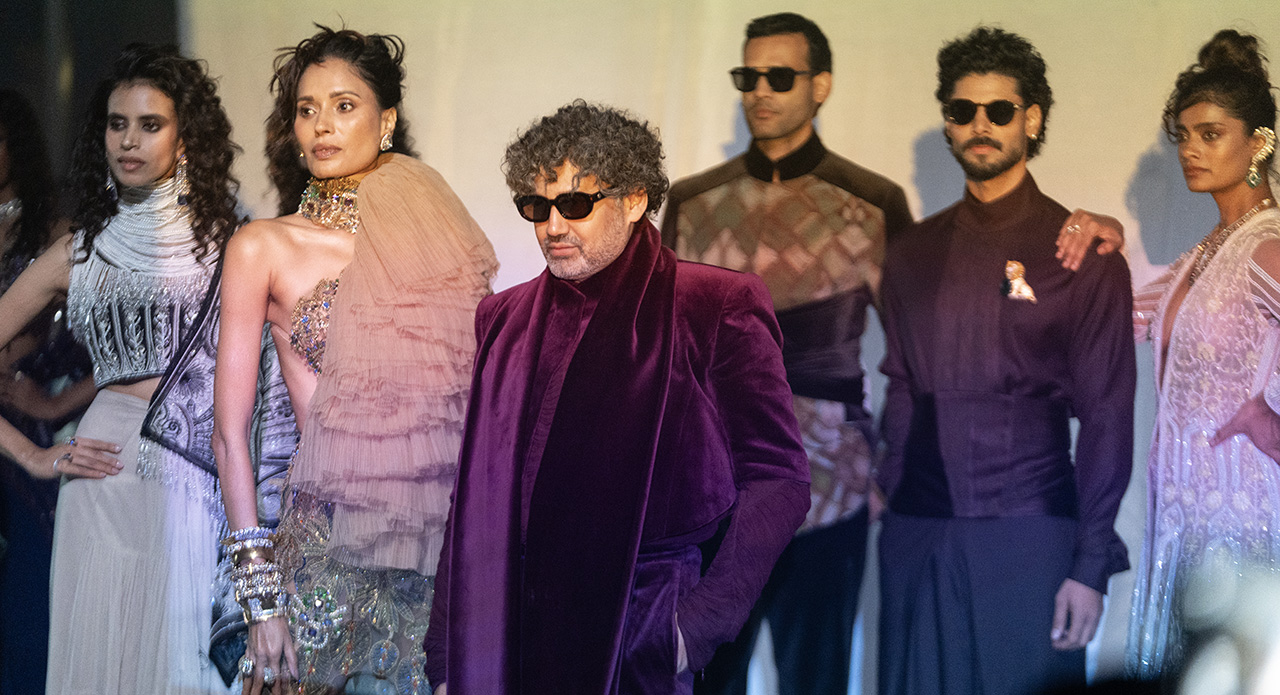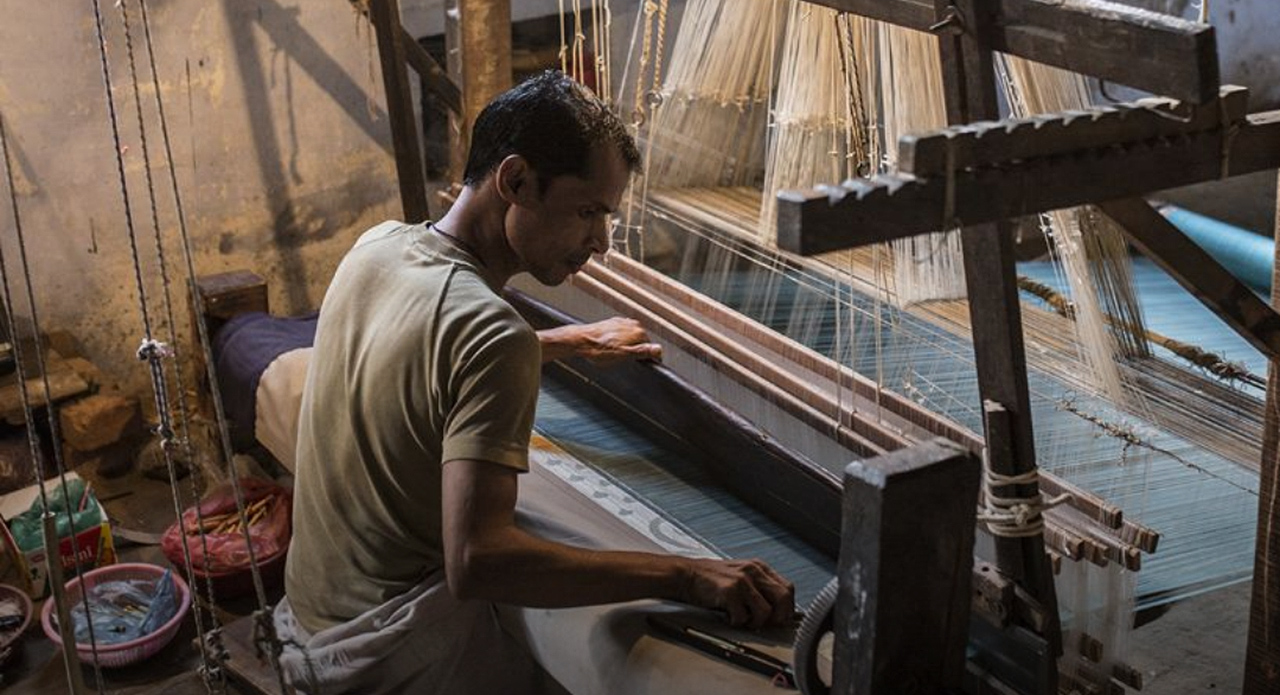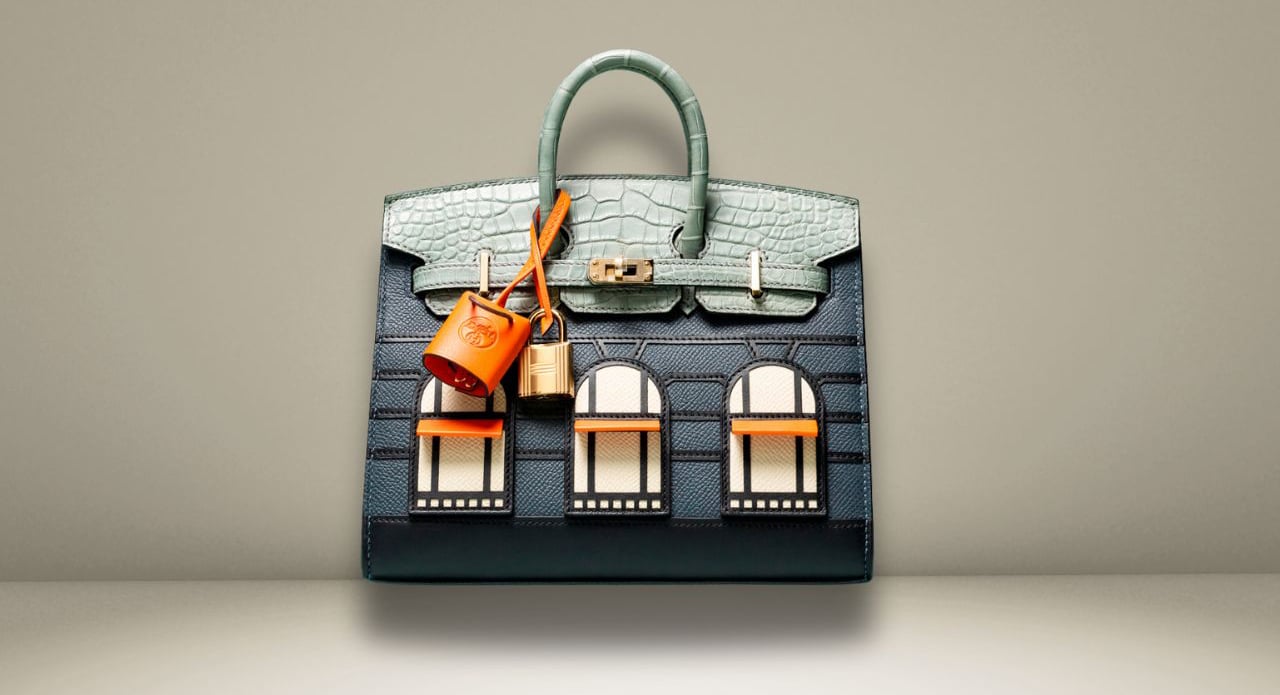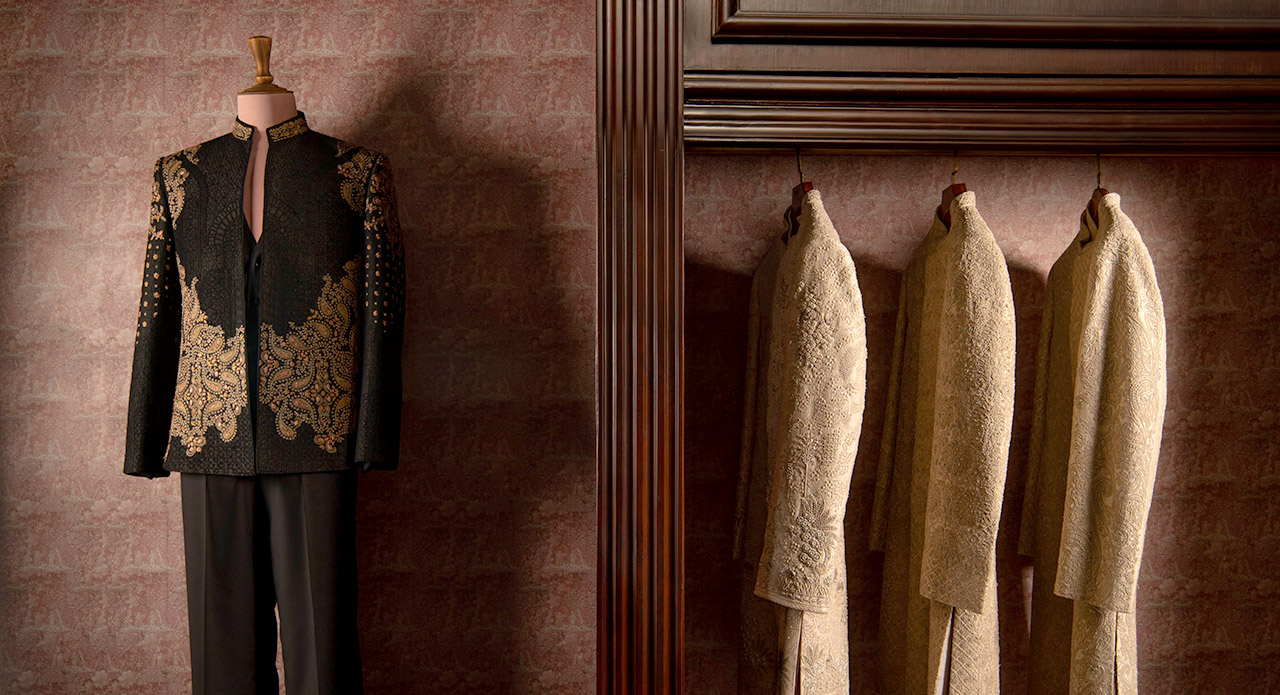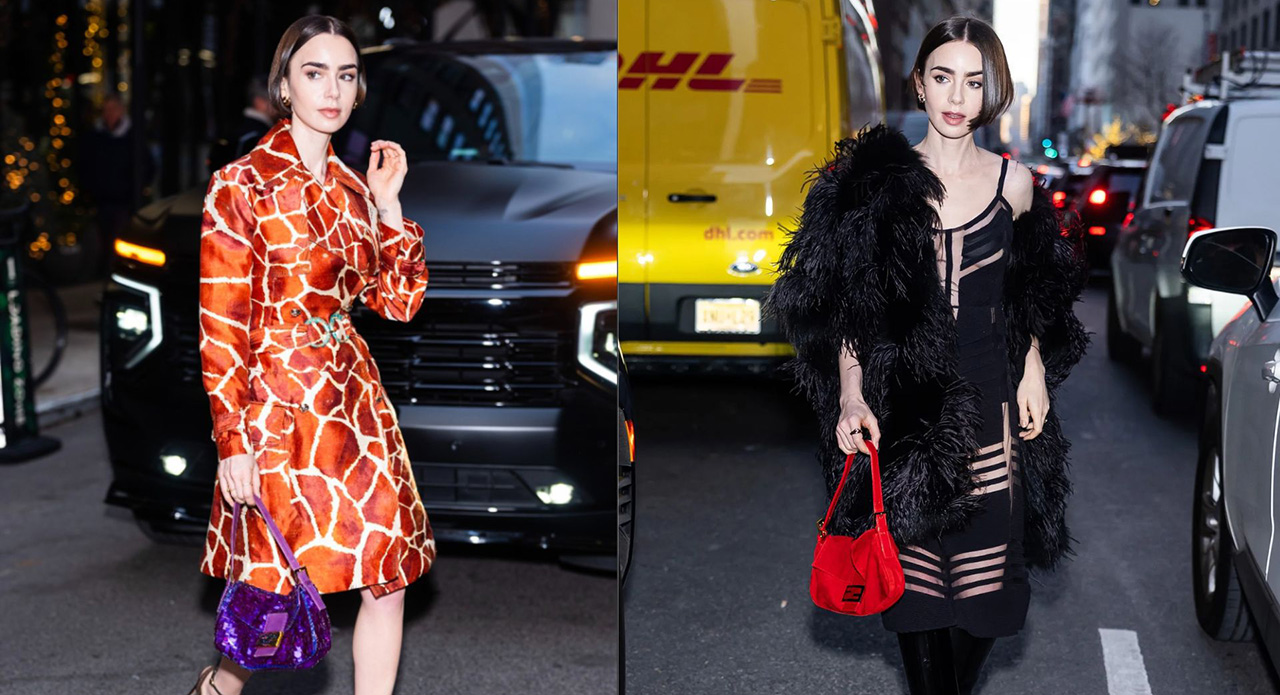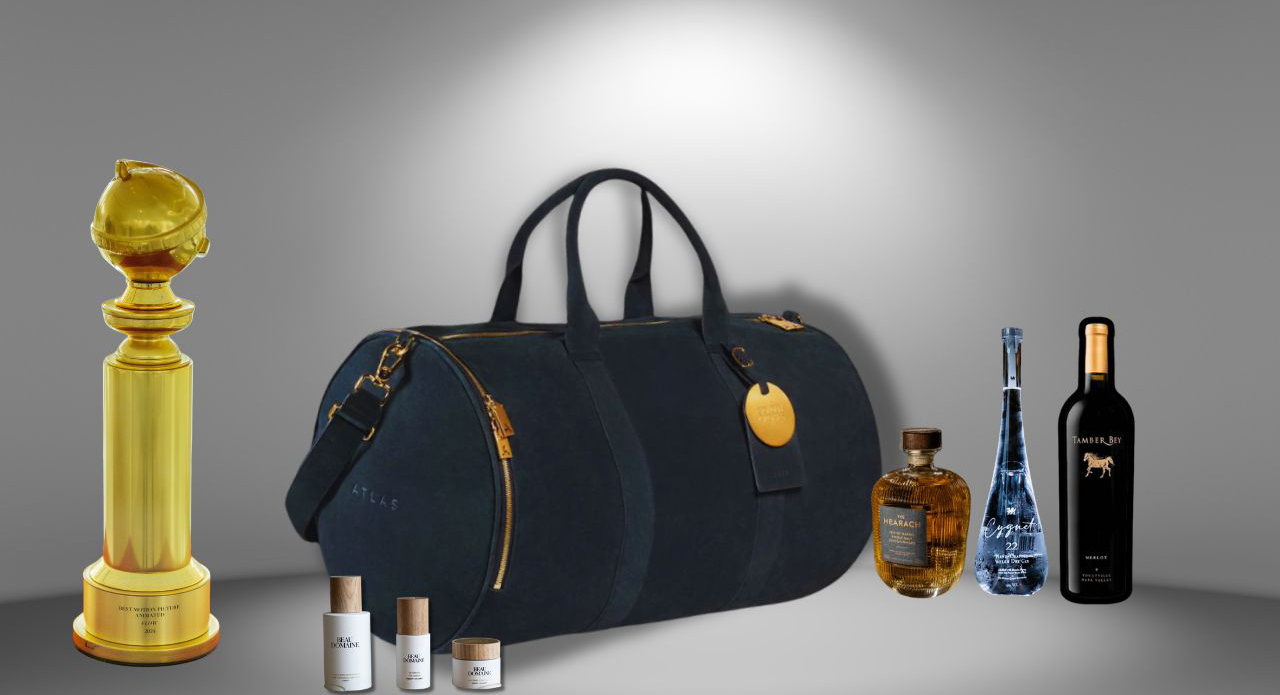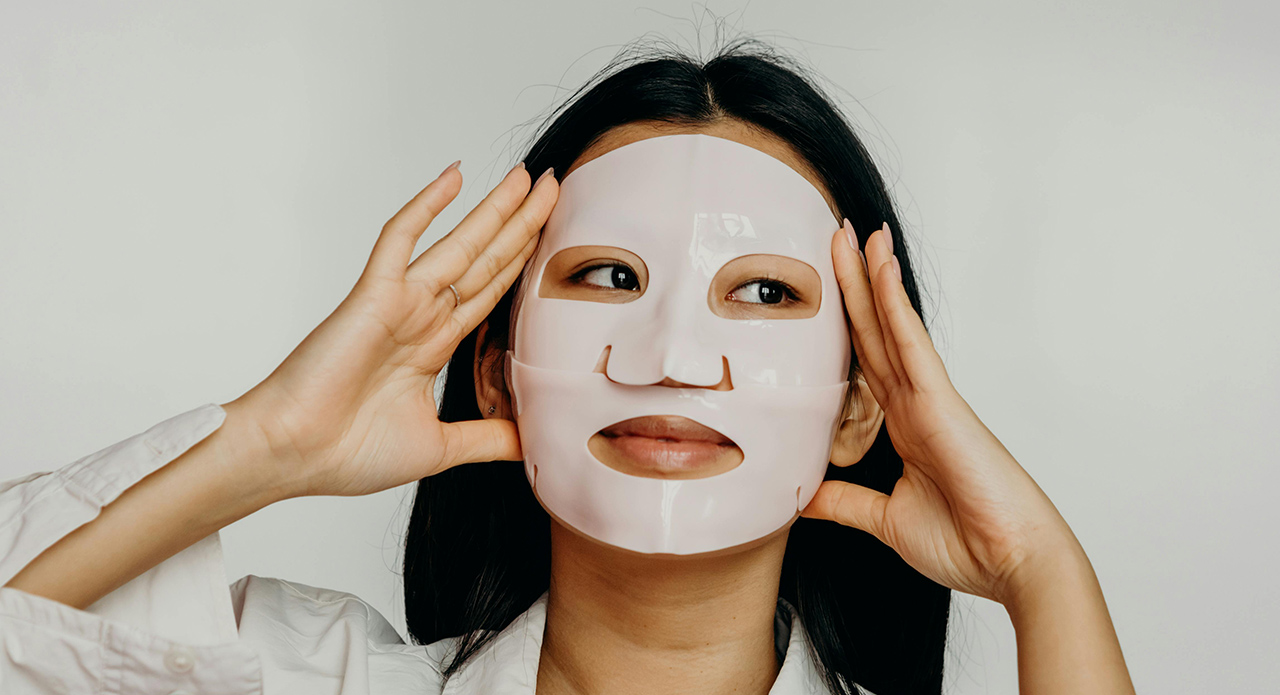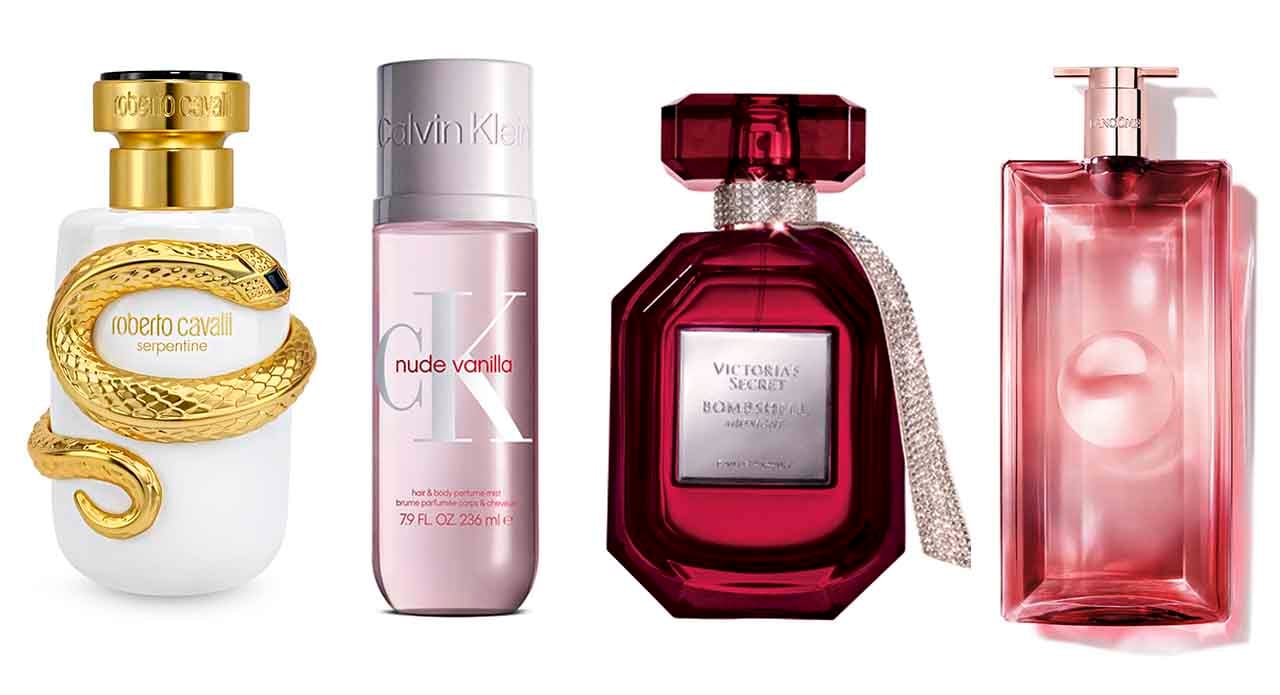Ranveer Singh’s costumes in Karan Johar’s Rocky aur Rai kii Prem Kahaani propelled Indian men’s fashion into the spotlight with the androgynous style last year where we were egged to discuss whether bold, flamboyant sartorial choices in garments are aesthetically and commercially viable or are they best suited to the silver screen and the ramp for headlines and optics.
Internationally, while Elton John, Young Thug, Billy Porter, Bad Bunny, and Stray Kids are just a few of the prominent trailblazers of androgynous fashion, one of the contemporary celebrities who has garnered acclaim for bending gender norms through her fashion choices is Hollywood actress Kristen Stewart. Known for her edgy, androgynous style and preference for wearing suits and other traditionally masculine clothing, she has been praised for her ability to push fashion boundaries and for her ability to make unexpected fashion choices look effortless. It’s obviously a reflection of her personal style and self-expression in breaking traditional fashion gender norms, and her style can be seen as a statement of individuality and challenging conventional ideas of gender and fashion. English singer Harry Styles is also someone who has recently been idolised as an androgynous figure within the public eye. This title was reinforced as he became the first solo male star to grace the cover of U.S. Vogue’s December issue, wearing a Gucci dress; he began to embrace unconventional clothing mostly during his solo career. It’s been some time now that androgynous fashion has permeated the mainstream. Celebrities such as Tilda Swinton, Annie Lennox, Miley Cyrus, Charlize Theron have been some stars who showed the world how to rock androgyny on the red carpet thus making their audience pick up cues real fast.
No matter what the opinion is on the subject, the predominant statement that seems to stand out is how crucial confidence and personality is to do nail this trend in real life. Considering that with increased financial power and exposure to the global sartorial vocabulary, men are definitely weighing their options in dressing up even more. As eminent fashion designer Suket Dhir says, “Men are rediscovering their peacock genes when it comes to dressing up.” It cannot be denied that voices do opine that instead of following the western construct of androgynous fashion, Indian men must embrace the Indian concept of it, as historically we have always had a better understanding and grasp on that kind of clothing featuring unstitched drapes.

Says textile revivalist Vidhi Singhania, “Men in India have always worn dhotis, uttariyas and other such clothes in glorious colours. After all, we have known the art of balancing colours. But somehow, it also must be kept in mind that not everyone has a personality like Ranveer Singh, who can don bold cuts and hues with confidence and style. And when that isn’t the case, the aesthetics go for a toss. You can follow a trend and wear whatever to look cool, but one has to keep in mind whether the clothes suit you and your persona. When brands create androgynous wear I am sure they are finding takers, but if it’s just a trend, it will flicker out. That’s not a sustainable design language is it?”
Speaking of longevity, one must also deconstruct whether Indian fashion brands have taken to the language of androgynous fashion as they have run out of options and want to hop on to a western narrative now. “The idea of stitched garment anyway permeated in our country through western influences. If you study seminal notes of the history of fashion, it will be evident how restrictive western fashion concepts were. They assigned colours separately to men and women. They decided men can wear this and women that. It wasn’t exactly ‘androgynous’. It’s amusing that now they themselves are trying to break away from that format using the crutch of ‘androgyny’. Indian brands parroting this format would only lead to confusion if one doesn’t research in depth about the history of Indian costumes sociologically and culturally,” says Dhir.

The thought is reiterated by publicist Anker Talwaar who feels that with so many options available for men and women in terms of fashion in India, brands should strengthen their core mood boards instead of increasing confusion. “While a kurta can be worn by both a man and a woman, can we actually call that androgynous fashion? The concepts of baggy or anti fit as well as fitted silhouettes are borrowed concepts. That way any one can wear anything but how is that even fashion then if a sartorial and a classy point is not being made.”
The counter views are worth noting as well and they come from representatives from the fashion fraternity who are courting success in the field of androgynous fashion. Playing on the points of inclusivity and diversity, the prime focus is on self-expression and choice. For instance, Urvashi Kaur harmonises androgynous structured shapes and fluid silhouettes through precision tailoring and smart layering. “People, irrespective of whether he is a man or a woman, should be able to identify with my creations,” Kaur explains.

Pranav Mishra, owner of Huemn, an Indie label focused on unisex clothing, is particular about creating a footprint in experimentation. The collections are unisex in keeping with the label’s inclusive core. “An object doesn’t have a mind or emotions to choose its gender. Food is food for men or women. A table is a table for men or women. Clothes are by nature unisex, they don’t hold that value, but people do. This is also why I don’t think I am a designer, I am a storyteller. We want to deracinate people and show them new terrains.”

If you want to ace androgynous fashion, here are the super six secrets to ace as per Suket Dhir
- Fine tune the colours. Indian men are embracing colours like how even as some stick to classic cuts and hues. Here balance is imperative so that the look is sharp and not botched up.
- Classical aesthetics are prime as that will always be in vogue. Indian brands and their buyers will only be able to ace the concept of androgynous fashion if they delve into the history of costumes and fashion from the perspective of the east. That ensures the aesthetical connect and not just a parroted charade influenced by the west based on rebellions, movements and all that. What is borrowed can hardly be beautiful.
- Sustainability driven by geography and climate. A man might possibly ascertain his right to self expression by donning a Victorian corset and elaborate gown in a Kerala wedding but how is that fashion even climate friendly? Self expression at the cost of being appropriate geographically can never be sustainable.
- Silhouette that is practical. One must ensure that clothes are stitched as per the needs of mobility and work. Certain clothes look great in certain places and without sounding judgmental, we must respect that clothes need to enable us to move around in comfort and style while also operating without impediments.
- The balance between style and comfort has to be achieved. There can be no compromise on either. If you are uncomfortable, you can never be stylish.
- Androgyny can’t be feminine or masculine but a personal expression. So, confidence and personality enhances the fashion part of it. Over a period of time, sensitization is imperative. Somehow androgynous fashion has got the hangover of provocative dressing now. But boundaries must be maintained.
The Global Radar
Androgyny as a fashion choice is quite a saleable trend globally with brands such as Wild Fang, Big Bud Press and Rick Owens creating almost a genderless clothing movement amongst patrons. While borrowing fashion from the opposite sex is hardly a new premise — Owens, for one, has used inventive draping and tailoring to create an androgynous, genderless tribe since 2002 — it’s a concept that’s really taken hold in recent seasons. Owens was lauded as being the godfather as there were there were plenty of times when you couldn’t tell on his runway whether you’re looking at a man or a woman.

Then there’s Big Bud Press, a Los Angeles-based clothing label that specialises in unisex, everyday goods. The brand’s designs are inspired by late ’60s and early ’70s advertisements and pop art, and are intended to help people embrace individuality and step outside of their comfort zones. Wildfang, started in a studio apartment in Portland, by a group of ex-corporate workers tired of asking the same questions about their clothes: Why doesn’t this have pockets? Is there a button down that won’t give me a boob gap? And why doesn’t this have pockets? Their mission is to design clothes that don’t conform to gender or stale fashion norms and their super fly, unisex blazers all come with pockets. Fashion has always been a way of communicating one’s mood, personality, hell, life to the world at large. Thankfully, designers and brands inevitably are creating a much-needed sanctuary for those people who have otherwise been excluded, Thus, the old rules of conformity are being continuously challenged both from an acceptance and commercial point of view.




